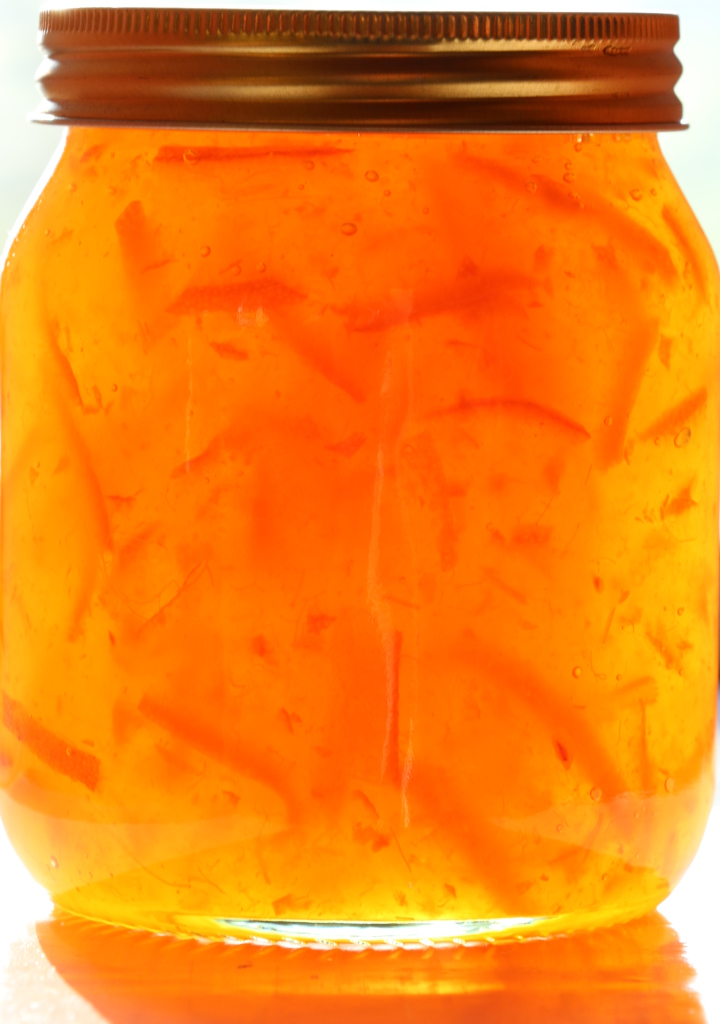 It’s hot, sticky work, but someone’s got to do it.
It’s hot, sticky work, but someone’s got to do it.
It’s January, and after a brief respite over New Year, during which I fully recovered from seasonal baking burnout (all that gingerbread!), I’m impatient to get on with things: things involving celery, citrus, bleach, blank notebooks and other aids to a clean start.
January in our house means several sessions of marmalade making, as well as wood fires, head colds and resolutions. It is now an annual ritual requiring a good week’s effort and military planning. I began by giving my hands a serious workout squeezing the pips out of several kilos of Seville oranges, the first of the short season. I’ve learned to act fast, as procrastination makes the job bigger (or unecessary, as it’s easy to miss the window for this seasonal specialty).
My mother-in-law, Joy, who used to supply the whole family with several jars a year, passed on her recipe to me some years ago in her Derbyshire kitchen where we did some batches side-by-side. I now make it every January for her and my father-in-law, Neal, who would eat a pound a week if Joy didn’t ration him; and for my family in the States, and friends in several countries. Marmalade making is quite a project, and to be honest, I’m not a born fan, but I get real satisfaction out of making and eating this one, as the recipe is superb. It’s Joy’s own and has a fresher taste and brighter colour than any other I’ve tried, earning it rave reviews from marmalade afficionados, and surprised approval from more reluctant newcomers like myself.
It is also made using an ingeniously streamlined method that cuts down considerably on time and tedium. This dual benefit is thanks to the humble pressure cooker, that old-fashioned and clumsy device that few people seem to use any more, perhaps because of it ominous hissings and threats of explosion. It’s worth getting over such fears if you care anything for marmalade, because it really does make the most delicious, prettiest and quickest batch possible, the shorter cooking time preserving the fresh flavour and colour that is often lost with longer-cooking methods. I’ve since shared the recipe with other cooks who would never go back to the longer method, and there are discerning B&B landladies all over England who now make it, too, thanks to Joy’s talent for sharing.
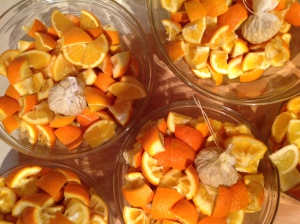 It is a biggish job, nevertheless, especially when you are making several batches, so it’s best to get into the Zen of it and respect the time required, as haste and boiling sugar are not a good mix. First there is the finding of the Sevilles, and the lugging home of them and the sugar. Then there are the jars to locate and wash before one begins the main task itself. Then there are all those pips to remove… After that it gets easier. The oranges are only quartered, then halved again (no need to peel and slice), and cooked under pressure for 17 minutes instead of boiling for the conventional 90 minutes. The final cooking of the oranges and sugar takes only 12-15 minutes once getting to the boil. The whole project can be broken down into manageable bits, like anything ambitious worth doing, and I often spread it out over a few days (procuring and washing one day, cutting and de-seeding the next, hauling out the pressure cooker and applying heat on the third day — the day of pride in all those handsome jars).
It is a biggish job, nevertheless, especially when you are making several batches, so it’s best to get into the Zen of it and respect the time required, as haste and boiling sugar are not a good mix. First there is the finding of the Sevilles, and the lugging home of them and the sugar. Then there are the jars to locate and wash before one begins the main task itself. Then there are all those pips to remove… After that it gets easier. The oranges are only quartered, then halved again (no need to peel and slice), and cooked under pressure for 17 minutes instead of boiling for the conventional 90 minutes. The final cooking of the oranges and sugar takes only 12-15 minutes once getting to the boil. The whole project can be broken down into manageable bits, like anything ambitious worth doing, and I often spread it out over a few days (procuring and washing one day, cutting and de-seeding the next, hauling out the pressure cooker and applying heat on the third day — the day of pride in all those handsome jars).
I do enjoy the process when I can take my time, and I love having made it. It’s the one thing I can give Joy and Neal that I know they really want, and they are both appreciative — Joy, because it’s a big job she doesn’t have to do, and Neal because it’s a beloved part of his breakfast routine, without which his sunshine would be taken away. There are few things one can give with that kind of impact, so as I stir the boiling pot with a protective cloth wrapped round my hand and marvel at its metamorphosis from a fearsome spitting mass into something so cherished, I think to myself, “This will be good. Joy and Neal will be happy, and so will the folks in New Jersey, and Stein in Norway, and David’s Russian friends in Edinburgh and Moscow (who call it “orange jam”), and the old gent who always buys a pound (and sometimes two) from me at the market… I’m gratified by that. Very. It’s a special feeling to make other people happy with something you can put in a jar.
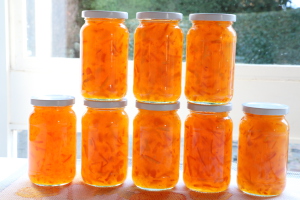 The story of this recipe is one of my favourites, and I also love the continuity I feel with the past, and family tradition, when I make it. Joy first made it in Guyana in 1956, when she was a newly wed and reluctant (and as it happened, gifted) cook. Keen to maximise the vitamin content of the foodstuffs available to them, and to minimize the household’s reliance on scarce and expensive fuel, she bought a pressure cooker, and this recipe for marmalade was in the booklet that came with the device. Joy perfected the method over 50 years. The only change I have made is to use one sweet naval orange in each batch, to cut the bitterness of the Sevilles a tad, to my taste.
The story of this recipe is one of my favourites, and I also love the continuity I feel with the past, and family tradition, when I make it. Joy first made it in Guyana in 1956, when she was a newly wed and reluctant (and as it happened, gifted) cook. Keen to maximise the vitamin content of the foodstuffs available to them, and to minimize the household’s reliance on scarce and expensive fuel, she bought a pressure cooker, and this recipe for marmalade was in the booklet that came with the device. Joy perfected the method over 50 years. The only change I have made is to use one sweet naval orange in each batch, to cut the bitterness of the Sevilles a tad, to my taste.
I hope the relative ease of this method and its wonderful taste and colour will inspire you to try your hand if you’ve never made marmalade before. If you have, I hope this easier method saves you a bit of sanity.
Equipment:
- a pressure cooker (follow the operating instructions for your model)
- chopping board to save the juice and a sharp knife to cut the fruit
- muslin and string for the pips
- potato masher, stick blender (or blender or food processor), or herb scissors to break down the fruit once cooked in the pressure cooker
- sterilised jars and lids for about seven pounds of marmalade (I sterilise them in the oven for 20 minutes at 175C /350F)
- tongs to handle the hot jars and lids, and heat proof oven gloves/potholders
- jam funnel and ladle to help fill the jars
- Long-handled, sturdy wooden spoon for stirring
- Kitchen cloth to wrap around your stirring hand and wrist for protection
- Wear long sleeves!
Ingredients:
- 2 3/4 lbs – 3 lbs (1.25 to 1.4 kilos) Seville oranges (the more you use the stronger the flavour), or a mix of one naval orange and the rest Sevilles
- 1/2 lemon, ideally unwaxed
- 2 English pints water (40 fluid Imperial ounces; the US equivalent is 2 1/3 pints, or 38 US fluid ounces)
- 5 pounds (2.25 kilos) cane sugar, caster or granulated
Notes on the fruit: I use one sweet naval orange in each batch and about 6 Sevilles. I never go over the 3-pounds in total weight because this makes it too bitter for my palate. The half lemon is not counted within this weight.
You can use the above proportions to vary the mix with grapefruit, lime, extra lemon, citron, clementines, whatever you like. Just keep the water and sugar the same. Be aware that lemons makes a firmer set.
Buying: Choose heavier fruits if you can. The ones with softer skins cook in less time. The earliest fruits may be a little green still, so balance those with riper ones. Blemishes are fine as long as they aren’t rotten spots.
Freezing the oranges: If you can’t find time to make marmalade during the short season when Sevilles are available, you can still buy them and freeze them whole, after washing and drying them. Defrost when you’re ready, and proceed as below. It’s also a bonus to freeze some Seville juice (I use ice cube freezer bags) for use in fruit compotes, curds and sauces throughout the year. One cube is great to add when cooking rhubarb, or duck and chicken dishes.
Instructions
Stage one: preparing the fruit
- Quarter the Seville oranges (and naval orange, if using) and then cut the quarters in half, so each orange is in eight pieces. Remove the stem “buttons” but don’t peel and slice the fruits. Cut the half-lemon into quarters, and make sure you collect all the juices.
- You do have to remove all the pesky pips at this stage — there’s no getting around that. I pip them as I cut the oranges and put them (the oranges) into a bowl on the scale. Look carefully for the pips as they tend to hide, and save all of them to make into a little muslin (aka cheesecloth) bag, as you need the pectin they hold to set the marmalade. Cut a handkerchief-sized square of cloth and put the pips into it; tie securely with a length of string to help you recover the bag, and trim off any excess cloth so it wont soak up too much juice and waste it. This little parcel of pips will go into the pressure cooker when the orange quarters are cooked.
- Place the de-seeded orange pieces into the pressure cooker with all the juices, the water, the bag of pips and lemon.
- Put the lid on the pressure cooker and seal it. With the heat on high, wait until full pressure is reached and then reduce to a steady hiss for only 17-19 minutes until the oranges are soft. I’ve never gone over 19 minutes, nor has Joy, and as a rule I generally allow 18 minutes if the skins are medium hard, 19 if rock hard, and 17 if on the soft side). You can check after 17 minutes if you wish to be particular, but then you’ll need to let the pressure go down and build it back up again if the oranges need more time. I don’t bother.
- Once the pressure cooker has cooled enough to remove the lid, set the lid aside as you won’t need it from here on. Don’t accelerate the cooling down by releasing the pressure all at once, as the cooling time is probably necessary to finish the cooking.
- Squeeze out as much pectin as you can from the bag of pips (do this twice or three times), discard it.
- Then mash the oranges like you would potatoes until you have a fairly uniform, chunky consistency. Or use herb scissors or regular kitchen scissors to cut into strips, if you prefer the conventional shredded peel to chunks. You can also use a blender stick to pulse the oranges a few times, making sure not to overdo it if you want some detectable pieces to chew on. This is the quickest method and works well if you go slow. If you like your marmalade to be more jelly-like with fewer chunks, go at the blender with more welly (but I don’t advise making it a uniform pulp as a bit of texture is, to my mind anyway, an advantage.
Stage two: boiling the prepared fruit with the sugar
From this point, with the lid off and the oranges mashed, blended or scissored to the desired consistency, you proceed as with any other jam and the pressure cooker becomes simply a boiling vessel. You can stop here if you want to finish the next day; just keep the cooked oranges in a cool place (windowsill, garage, larder).
- If the fruit has cooled completely, warm it through (but don’t boil yet). (If you proceed with a warm mix of fruit, you can add the sugar straight away.)
- Put a tester plate in the freezer.
- Add 5 pounds of cane sugar to the mashed fruit, mixing well to disperse clumps.
- Wrap a cloth around your mixing hand to protect it.
- Over highest heat, and stirring all the while with your protected hand, let the sugar dissolve before allowing it to boil. Adjust down if needed for a minute or two; you can keep it quite high if you keep stirring.
- Bring to a rolling boil that can’t be stirred down. Boil 12-15 minutes, stirring constantly over highest heat, until a test spoonful onto the cold plate sets softly. SEE SETTING TIPS BELOW.
Remove from the heat and place your warm jars and lids close by, and ladle it in, leaving just a little airspace from the top. Put the lids on and holding the very hot jars carefully with a towel, tighten them as far as possible (don’t tighten further later on, as you can break the seal.)
SETTING TIPS: WHAT TO LOOK FOR
You’re looking for the mix to become more viscous in the pan after 12-15 minutes at a hard boil, and for it to dribble more slowly off the spoon, almost joining to making loose drops. When tested, it mustn’t run fast on the cold plate, but it will run slowly. Once the test splodge is cool, push it with your finger and try a taste. If it wrinkles slightly on the plate or thickens on your finger it should be done. It will get firmer as it cools.
Don’t be tempted to cook longer than 15 minutes. As long as you’ve reached the full rolling boil, 12-15 minutes should be enough. If it hasn’t set in that time, it may be because your fruit mix doesn’t have enough pectin. In this case, remove the pan from the heat long enough to add the juice of another half lemon, then bring back to the full boil for one more minute.
If it is still too loose in the jar after cooling completely, let it sit a few days before contemplating a re-boiling. It that is needed, add some lemon juice and boil hard for just a minute at a time, testing at one minute intervals. If you’ve got too firm a set from too much pectin, you can add a little boiling water to each jar as you open it, so that is fixable. If you overboil, though, you risk scorching the marmalade and losing the fresher taste and colour.
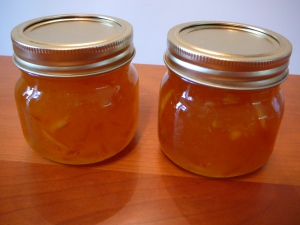
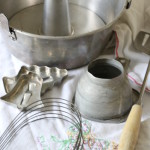


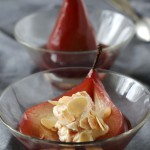
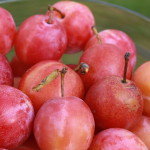
 Tour D’Argent: a remembrance of things past at today’s prices
Tour D’Argent: a remembrance of things past at today’s prices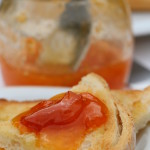 Apricots, les abricots
Apricots, les abricots I used to cook in a piggery
I used to cook in a piggery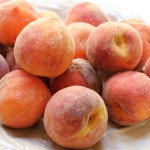
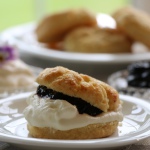



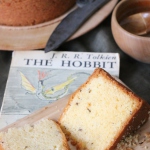 Seed cake and story
Seed cake and story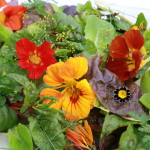
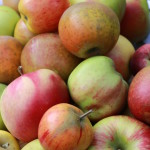
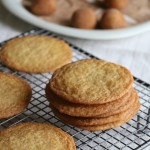

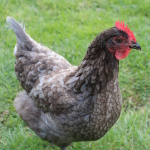
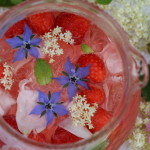
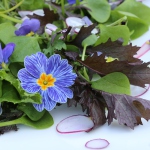

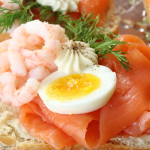
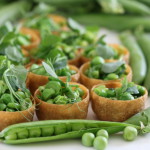

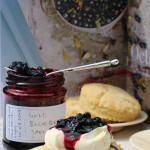
 Easter is late this year
Easter is late this year
Leave a Reply